Mandrake Winter Protection – Learn About Mandrake Winter Care
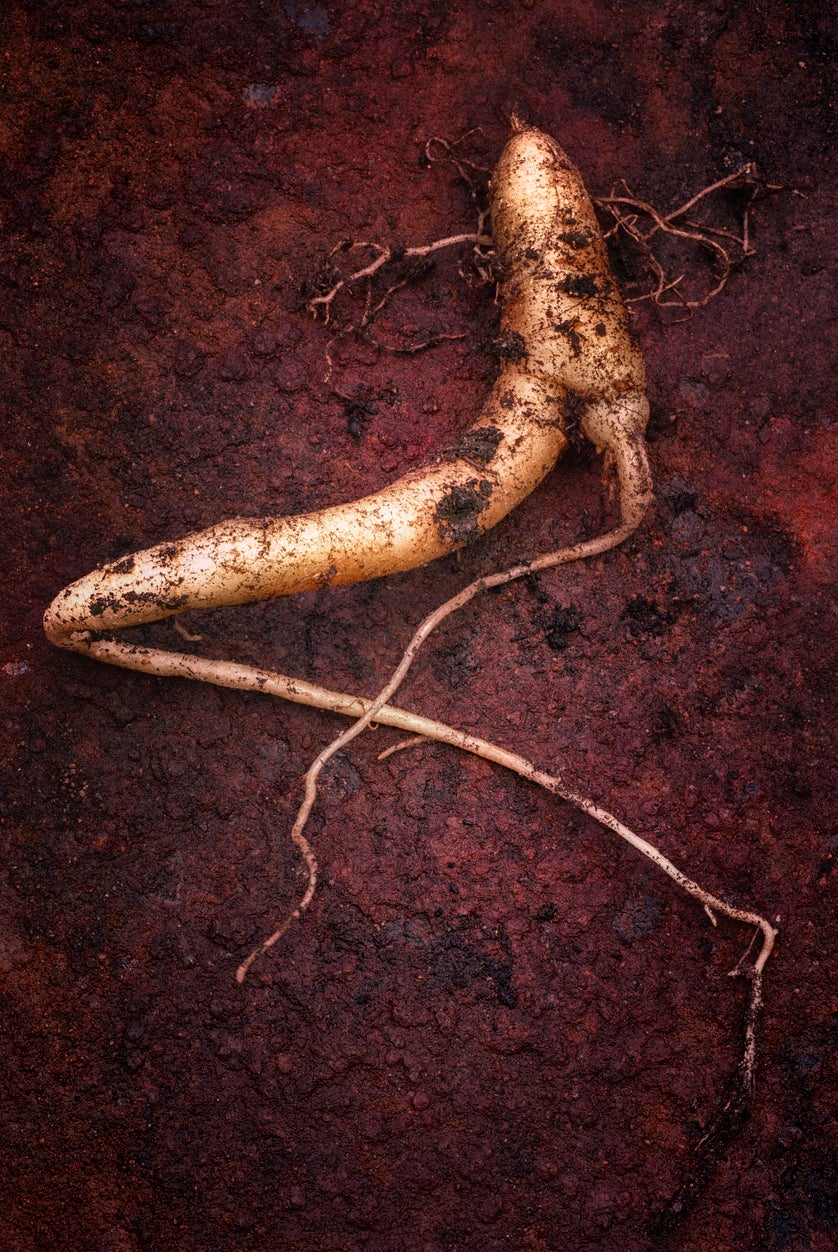

Mandrake, Mandragora officinarum, is a plant steeped in history and myth. Although care should be taken with it because it is toxic, growing mandrake can be a fun way to be a part of history. Mandrake winter care is important to consider, though, before you start growing this Mediterranean native.
Mandrake Plants and Cold Tolerance
Historical references to mandrake go back as far as the Old Testament. Many ancient cultures had myths surrounding the plant, including that it was a lucky talisman and that it was bad luck and a manifestation of the devil. Its medicinal properties have also been long known, most notably that it has narcotic effects. Up until medieval times, people still believed the root, which vaguely resembles the human form, emits a fatal scream when pulled from the earth.
More practically mandrake is a pretty, low plant with wide green leaves and delicate flowers. Native to the Mediterranean region, it does require warmer weather and is not too cold hardy. However, it is a cold weather plant in its natural environment, thriving best in spring and fall and disappearing in the heat of summer.
Mandrake cold tolerance is better than you might expect for a Mediterranean plant, but it is still only hardy to USDA zones 6 through 8. If you live in these areas, your plants should be fine outside in the winter and will tolerate frosts.
Growing Mandrake Plants in Winter
For many areas, mandrake winter protection is not necessary, but if you live in zone colder than those mentioned above, or you have an unusually cold winter coming, you can bring plants indoors. Only do this if you have to, though, as mandrake roots do not like to be disturbed.
You’ll also need to be sure to use a pot that is deep enough, as the taproot can be quite long. Use indoor grow lights; window light will generally be inadequate.
While mandrake cold tolerance is impressive, if you are trying to start this plant from seed, cold is necessary. These seeds are cold germinators, so you have a couple of options: stratify them with wet paper towels and keep the seeds in the refrigerator for a few weeks, or sow seeds outside in late fall to early winter. They should germinate over the winter, but they can still be picky. Don’t expect all seeds to germinate in the first season.
Gardening tips, videos, info and more delivered right to your inbox!
Sign up for the Gardening Know How newsletter today and receive a free copy of our e-book "How to Grow Delicious Tomatoes".

Mary Ellen Ellis has been gardening for over 20 years. With degrees in Chemistry and Biology, Mary Ellen's specialties are flowers, native plants, and herbs.
-
 Looking For Plants To Give You The Soft And Fuzzies? Try These 5 Fuzzy Leaf Plant Options
Looking For Plants To Give You The Soft And Fuzzies? Try These 5 Fuzzy Leaf Plant OptionsLovers of texture, drama, silver foliage and tactile plants will adore these special sensory garden additions. These fuzzy leaf plant options will leave you all aglow
By Susan Albert
-
 Get Ready For A Summer Of Hummers! Grow These Full Sun Hummingbird Plants and Flowers
Get Ready For A Summer Of Hummers! Grow These Full Sun Hummingbird Plants and FlowersIf you’re lucky enough to enjoy a sunny backyard, make sure you are maxing out on your pollinator opportunities and grow these full sun hummingbird plants and flowers
By Tonya Barnett
-
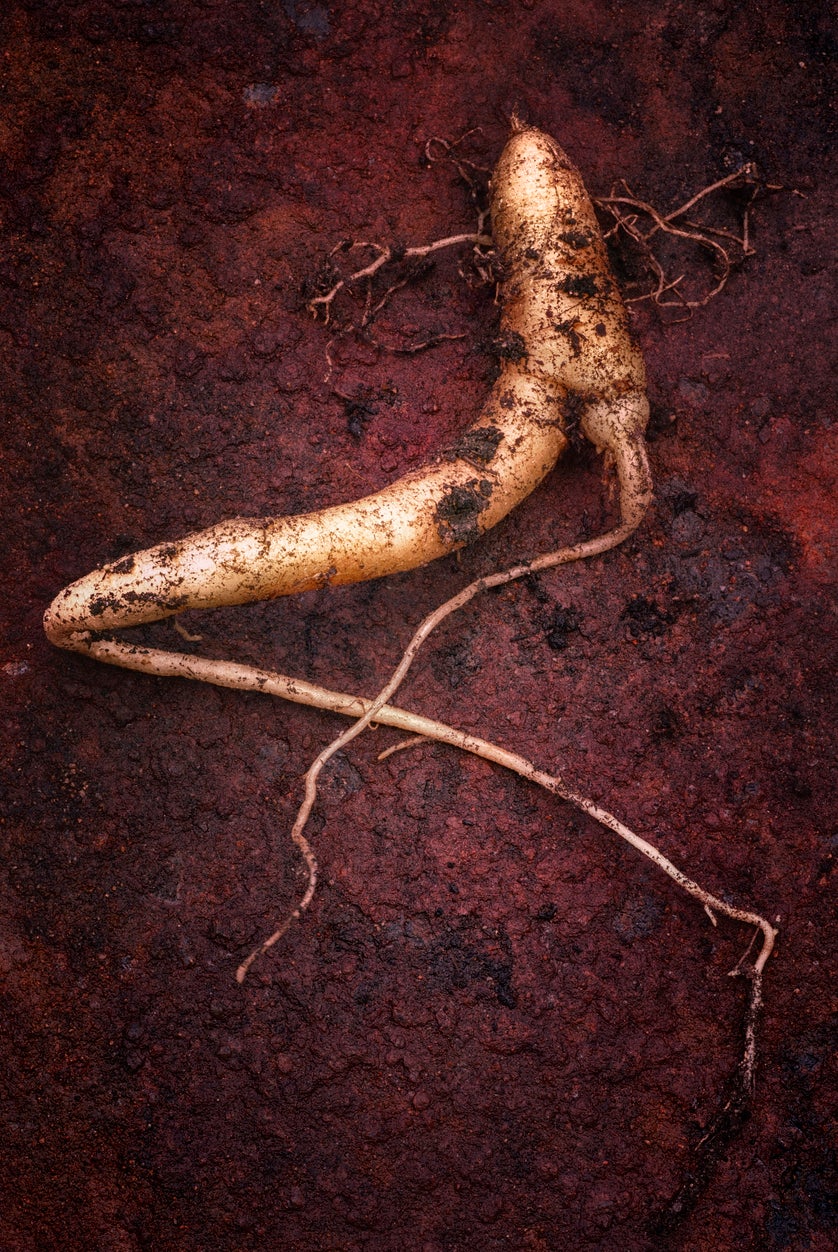 Mandrake Propagation Guide – Tips For Growing New Mandrake Plants
Mandrake Propagation Guide – Tips For Growing New Mandrake PlantsGrowing new mandrake plants is quickest from roots or offsets, but you can also start them from seed. Propagation of mandrake from seed can be a little tricky unless you know a couple of crucial tips. Click this article to learn how to propagate mandrake.
By Bonnie L. Grant
-
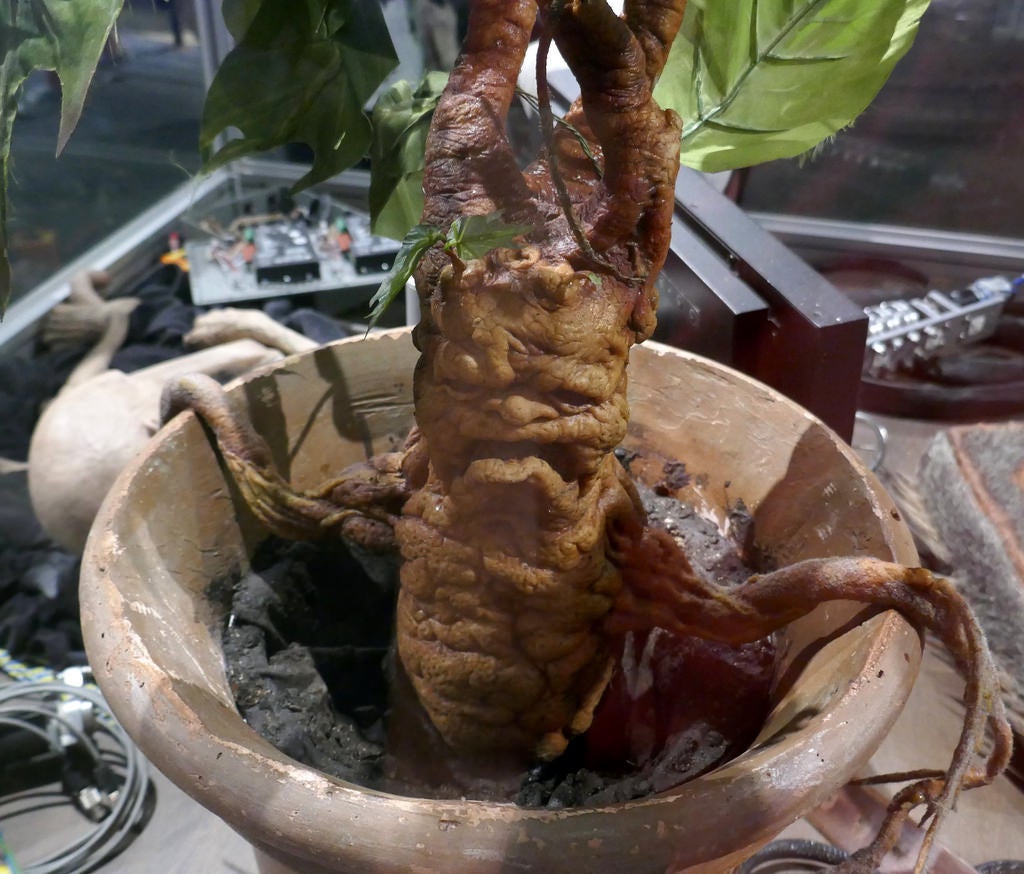 Mandrake History – Learn About Mandrake Plant Lore
Mandrake History – Learn About Mandrake Plant LoreMandragora officinarum is a real plant with a mythical past. Known more commonly as mandrake, the lore generally refers to the roots. Beginning in ancient times, stories have included magical powers, fertility, possession by the devil, and more. Click here for additional info.
By Mary Ellen Ellis
-
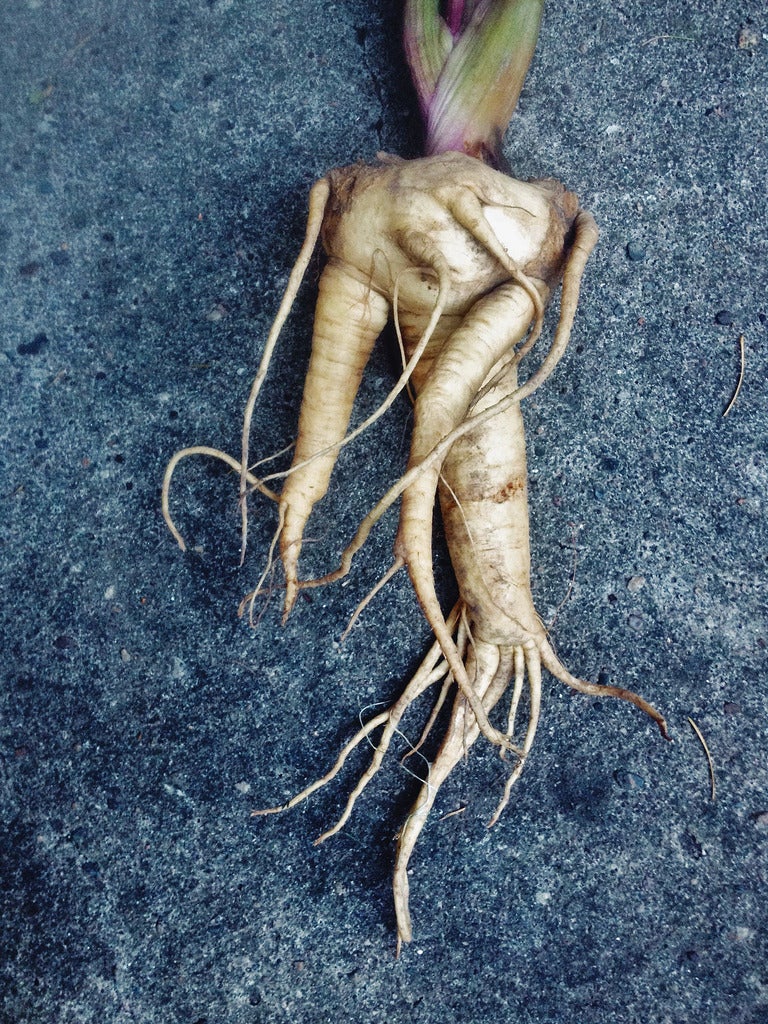 Common Mandrake Uses – What Is Mandrake Used For
Common Mandrake Uses – What Is Mandrake Used ForMandrake plants aren’t widely used today, although herbal mandrake is still used by some people. According to folklore, this fascinating plant was thought to have great powers, both positive and negative. What do you do with mandrake? Let’s find out here.
By Mary H. Dyer
-
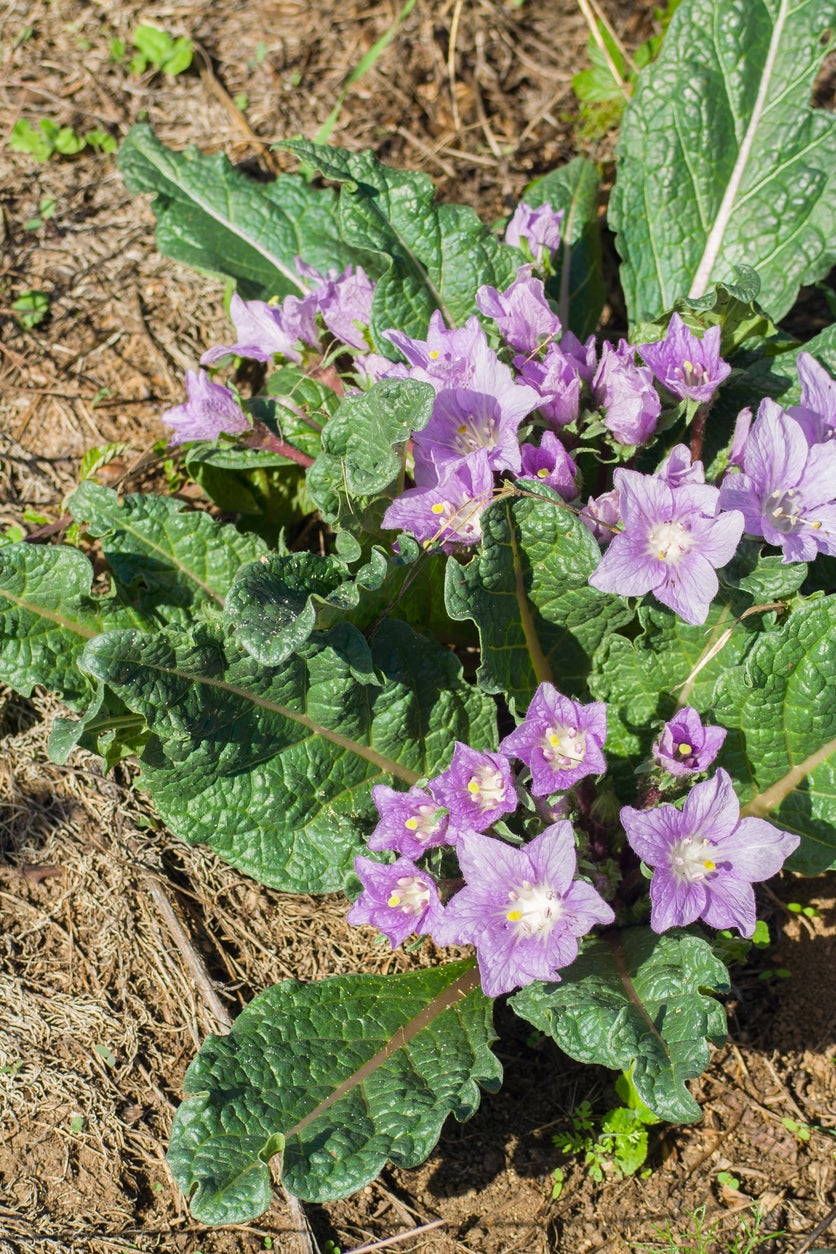 Is Mandrake Poisonous – Can You Eat Mandrake Root
Is Mandrake Poisonous – Can You Eat Mandrake RootFew plants have such a storied history rich in folklore and superstition as the poisonous mandrake. Can you eat mandrake? Ingestion of the plant was once thought to sedate and improve sexual function. Further reading here will help understand mandrake toxicity and its effects.
By Bonnie L. Grant
-
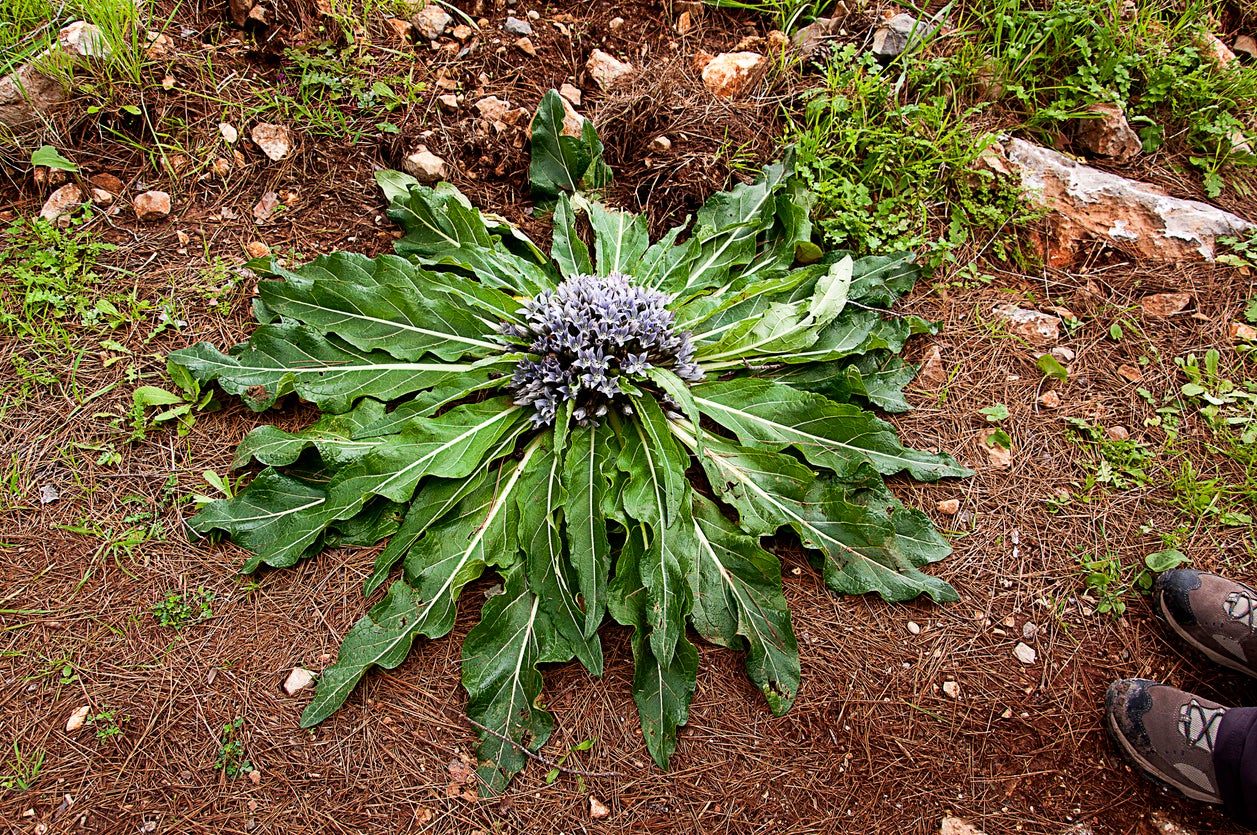 Mandrake Division – How To Divide Mandrake Roots
Mandrake Division – How To Divide Mandrake RootsGrowing mandrake is a way to add history and myth to your garden. Mandrake division is one way to propagate this plant, but the roots are sensitive to disturbance, so it must be done with care. This article will help get you started with mandrake division in the garden.
By Mary Ellen Ellis
-
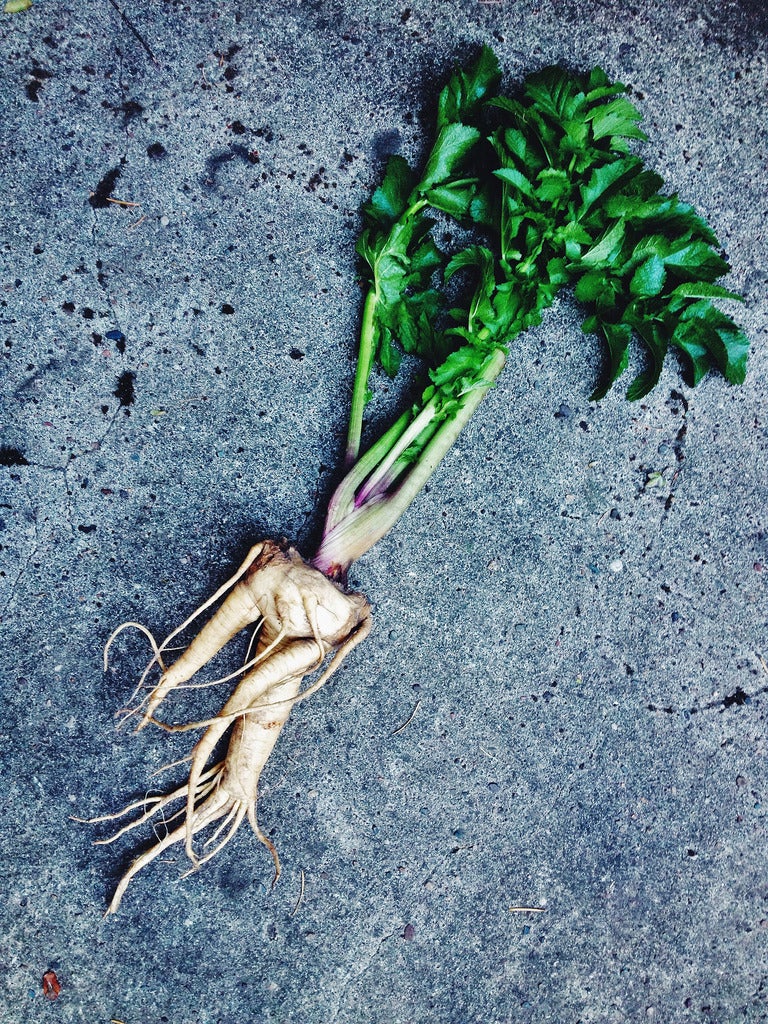 Mandragora Plants – Growing Mandrake Plant Varieties In The Garden
Mandragora Plants – Growing Mandrake Plant Varieties In The GardenIf you are interested in growing mandrake, there is more than one type to consider. There are several mandrake varieties, as well as plants called mandrake that are not from the same Mandragora genus. Want to learn more? Click this article for additional information.
By Mary Ellen Ellis
-
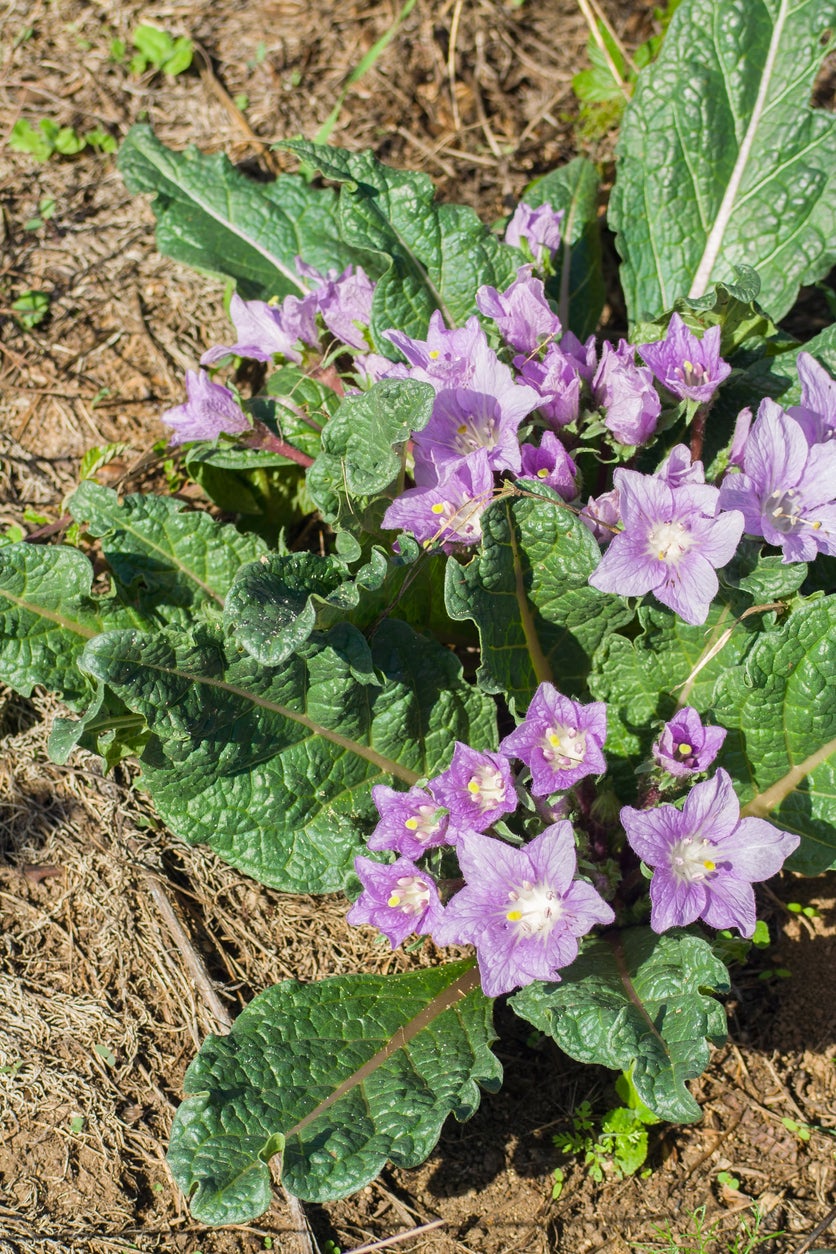 Mandrake Irrigation Guide – Learn How To Water Mandrake Plants
Mandrake Irrigation Guide – Learn How To Water Mandrake PlantsThere is no denying that the mandrake is quite the interesting and mythical plant. With proper care, like watering, this dark (yet beautiful) plant will produce vibrant dark green foliage and elegant white and pink-purple blooms. This article will help with that.
By Tonya Barnett
-
 Potted Mandrake Care: Can You Grow Mandrake In Planters
Potted Mandrake Care: Can You Grow Mandrake In PlantersWhile legends of screaming plant roots may sound terrifying to some, this petite flower is a beautiful addition to ornamental containers and flower plantings. Click on the following article for tips on caring for container-grown mandrake plants.
By Tonya Barnett